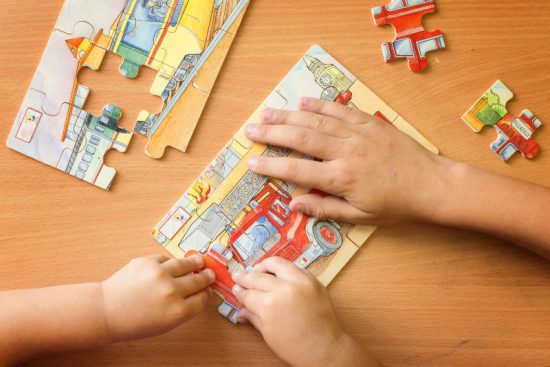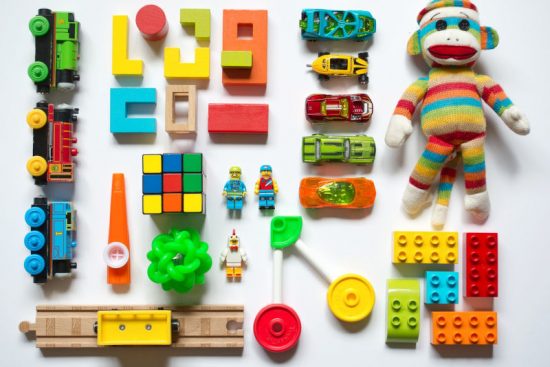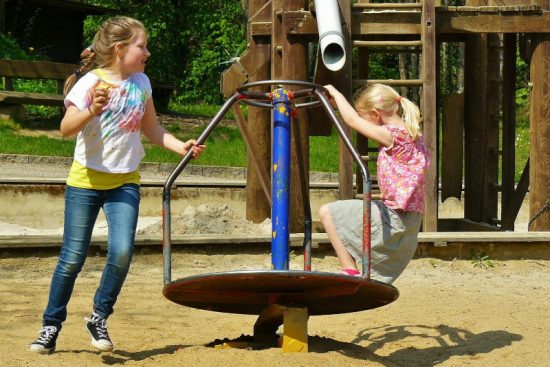A safe place for children feels calm and predictable. You see it in the way adults greet children by name, check spaces before play, and keep rules simple and clear.
That same calm can guide our choices online. Early lessons in speaking up, asking for help, and using tools with care apply both in a classroom and on a tablet. Many childcare providers now publish how they build safety across the day.
One example is how Guardian Childcare sets clear staff duties and teaches children to notice risks and ask for help. You can read more about how Guardian Childcare ensures a safe environment.
The core idea is simple. Safety is not a poster, it is a habit.
Why Safety Is Culture
Children copy what they see. If adults pause to look around a room, check that doors are secure, and explain why a rule exists, children learn to do the same. Small moments, repeated many times, matter more than long speeches.
A safety culture starts with shared routines. Staff know who is supervising which area. Families know arrival and pickup steps.
Children know where to put bags, wash hands, and move between activities. When everyone follows the same steps, accidents drop and children feel confident.
Language is part of culture. Use short phrases that children can repeat. Try, “Feet walk inside,” “Ask before you share,” or “Tell an adult if something feels wrong.” Clear words help children notice, decide, and act.
This same habit helps when they use screens, because they already know how to pause, think, and ask.
Teach Children to Notice and Tell
Children do best when they feel safe to speak up. Encourage them to say how they feel and what they see. Praise honest words. Model it yourself by saying, “I am moving this chair so no one trips,” or “That video looks odd, let us choose a different one.”
Practice simple check, choose, and tell steps.
- Check your body and space. Is it calm and safe.
- Choose what is safe. Move away from rough play. Pick a trusted game or video.
- Tell an adult if you are unsure.
Role play helps. Act out a toy that breaks, a drink that spills, or a pop up that asks for a name. Keep the fix simple. Put the toy away, wipe the spill, or close the pop up and tell an adult. Repetition builds skill without fear.
For young children, privacy means keeping personal details to a small circle of trusted adults. Teach a short list they can remember, like name, address, school, and passwords. Make it clear these are not for strangers or websites.
Clear Routines That Keep Kids Safe
Routines reduce risk because they remove guesswork. Set times for arrival checks, head counts, and space checks. Use the same steps at home before screen time or outdoor play.
Space setup. Keep walkways clear, store cleaning products out of reach, and put cords and chargers away after use. Use short labels and pictures so children can help reset a room.
Supervision. Scan often, stay close to high energy play, and adjust groupings when energy rises. Indoors, match busy areas with extra adult attention. With screens, have a shared viewing space where adults can see and hear what is on the device.
Simple rules. Use three to five rules that cover most situations. Examples, “We stay with our group,” “We use kind hands,” and “We ask before we share or click.” Post them at child height with pictures. Review them in short, friendly reminders.
Incident reviews. When something goes wrong, talk about it in plain words. What happened, what helped, and what we will try next time. Keep notes brief and share with families. This builds trust and keeps learning moving.
Smart Screens in Early Years
Screens can help children learn names, colors, and stories, but they need clear limits and adult support. Short sessions, high quality content, and active use work best for young children.
Pick content with a purpose. Look for apps and shows that match the child’s stage. Favor programs that encourage talking, moving, counting, or storytelling. Watch or play together when you can.
Ask simple questions, “What did the cat do,” or “Can you show me that shape.”
Keep devices in shared spaces. Bedrooms are for sleep. Shared rooms make it easier to guide choices and notice problems. Use device settings to block in app purchases and public chats. Many services have child profiles and content filters. Review them often.
Teach early consent and sharing. If a photo or video includes a child, ask permission before sharing. Explain that we share only with family or close friends. Show how to say no kindly. These habits protect privacy later.
Partnering With Families
A strong safety culture includes open doors and steady communication. Families want to know how children are kept safe, both onsite and online. Share the routines, not just the rules.

Make your safety plan visible. Post daily checks and contact points. Explain how supervision works on the yard and during screen time. Share what platforms, if any, are used for learning games. Invite questions. When families see the plan, they can use the same ideas at home.
Offer short workshops or notes. Topics can include “first phone or tablet,” “setting simple passwords,” and “what to do if a child sees something scary.” Keep the advice short. One page guides work well. Translate or simplify where needed so every family understands the message.
Use the same words. Align school and home phrases like “check, choose, tell” or “ask before you click or share.” Consistent language helps children transfer skills. It also reduces confusion between adults.
Respond with care when mistakes happen. If a child clicks on a bad link or repeats rough play they saw online, keep the focus on learning. Close the app, block or report if needed, and talk through how to make a better choice next time. Blame adds fear, and fear blocks learning.
Measuring Progress Without Fear
You can track safety without complex tools. Pick a few simple checks and repeat them every month.
Environment checks. Are exits clear. Are chargers stored. Are filters and profiles set as planned.
Supervision checks. Are adults scanning and staying close to busy areas. Are screen sessions short and planned.
Child voice. Ask children what makes them feel safe. Invite them to show you what to do if something feels wrong. Their answers show what they remember.
Family feedback. A short survey or quick hallway chat reveals what is working and what needs a tweak. Keep it friendly and brief.
Share wins with children and families. “We had fewer tripping bumps this month,” or “More children told an adult when a pop up appeared.” This builds trust and keeps attention on the habits that prevent harm.
Bringing It Together
Children thrive when safety feels normal. Clear routines, simple words, shared supervision, and honest talk form the base. Treat screens like any other tool, with short use, adult help, and content that fits the child.
Align school and home, keep checks simple, and praise small wins. When children learn to notice, choose, and tell, they carry those habits from the classroom to the couch, and into the years ahead.




